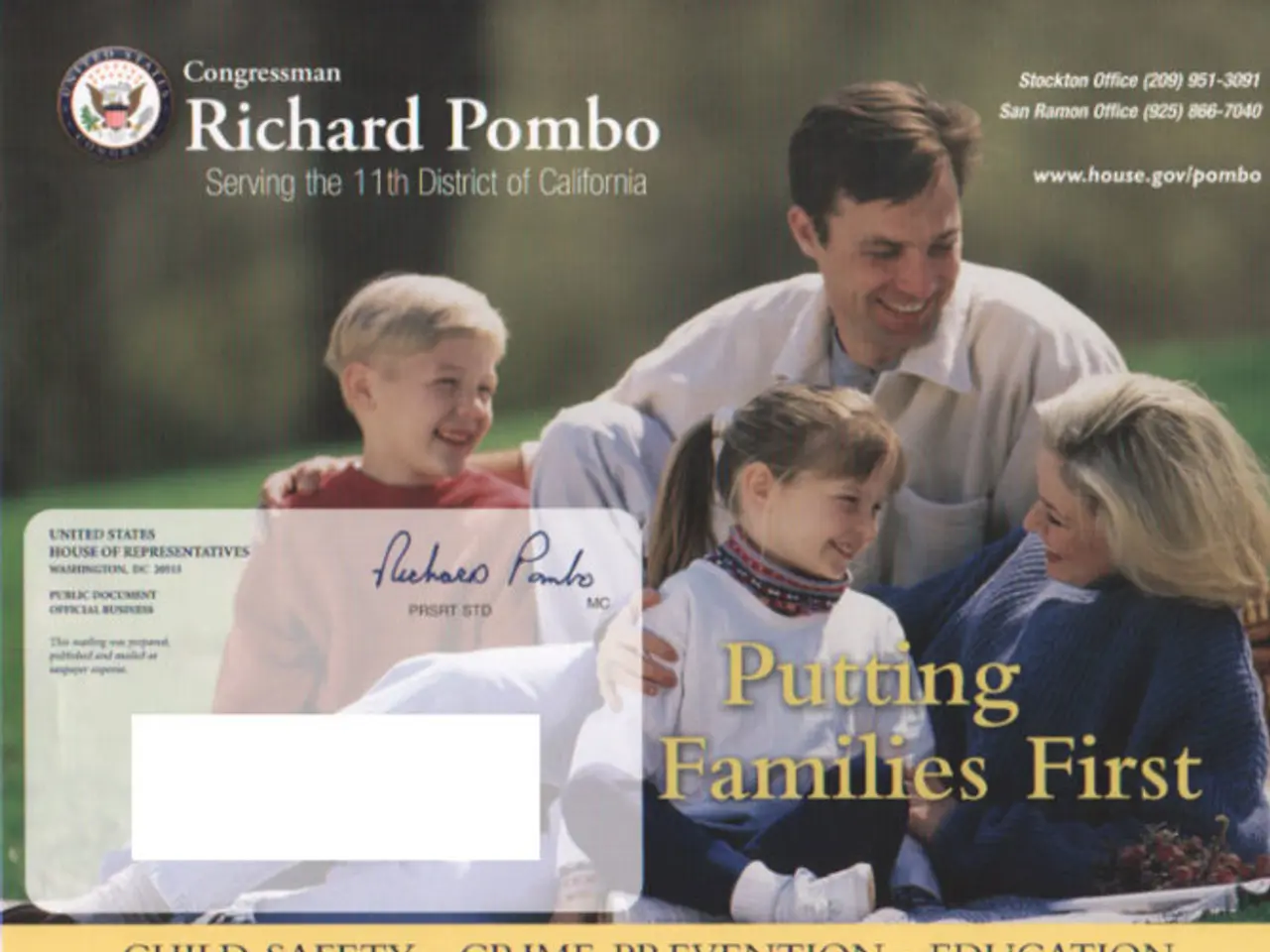Guide to Brochure Types: Comprehensive Insights, Samples, and Templates Included
Brochures are a versatile marketing tool, each type offering unique advantages for various purposes. Here's an overview of the most common brochure types, categorised by their purpose and folding style.
Types of Brochures by Purpose and Content
Travel Brochure
Focusing on tourist destinations, travel packages, guides, or services, these brochures are ideal for travel agencies or tourism boards looking to inform and attract travelers.
Business Brochure
Showcasing services, promotions, and offerings of a business, these brochures are distributed where the target customers are likely to be found. They are useful for service-oriented businesses to market themselves regionally or locally.
Corporate Brochure
Often internal ("grey literature"), used within companies for agendas, reports, or internal communications rather than public distribution.
Pamphlet
Typically a single folded sheet or a few unbound pages focusing on a single topic, pamphlets are more informational than promotional. Ideal for educational or awareness campaigns or advertising a single event or service.
Types of Brochures by Folding Style (Format)
Single Fold
One fold dividing the paper into two panels.
Bi-fold
Folded once, creating four panels.
Tri-fold
Two folds, creating six panels; one of the most common and versatile styles.
Z-fold
Panels fold in a zigzag pattern, useful for sequential storytelling or step-by-step information.
Accordion Fold
Multiple folds creating a zigzag pattern, ideal for brochures that require unfolding to reveal multiple sections.
Gate Fold
Two end panels fold inward to meet in the middle, resembling gates. This creates a dramatic reveal and is often used for luxury brands, high-end presentations, special events, or product launches.
Roll Fold, Double Parallel Fold
Variants with multiple panels folded over each other; selected based on how much content you want to organize and reveal.
French Fold
Folds a single sheet of paper twice, creating a square or rectangular piece that opens up in two motions.
When to Use Each Type
| Brochure Type | Best Use Case | |-----------------------|-------------------------------------------------------------------------------------------| | Travel Brochure | Tourist attractions, travel agencies, promoting destinations | | Business Brochure | Service promotions, business offerings to local/regional markets | | Corporate Brochure | Internal communication, company reports, agendas | | Pamphlet | Single-topic information campaigns, event announcements, educational content | | Tri-fold Brochure | Versatile marketing or informational brochures covering multiple topics or features | | Gate Fold Brochure | Luxury product launches, high-impact presentations, special event promotions | | Z-Fold/Accordion Fold | Storytelling, stepwise instructions, or content requiring sequential unfolding | | Roll or Double Parallel Fold | Brochures needing more panels for detailed content organization |
Selecting the right brochure type depends on your communication goal (informational vs. promotional), audience, and the complexity or volume of content you need to present.
For instance, a bi-fold brochure is suitable for simple information, while a Gate Fold or Die-cut brochure is better for making a strong impression. A Tri-fold brochure is one of the most widely used marketing tools, following the classic letter fold style, and is compact, easy to carry, and fits neatly into display racks.
A Closed Gate Fold brochure, with its sealed design, is better suited for high-end marketing materials, VIP invitations, and product unveilings. A Die-Cut brochure, with its unique and visually appealing design, is perfect for standing out, but it's easy to overdo it. The trick is to make the die-cut shape work with your branding and messaging.
A Roll Fold brochure, rolled up like a scroll, can be a unique and eye-catching choice for certain purposes. It naturally guides the reader's attention, preventing them from jumping around and missing key details. However, it can be more user-unfriendly for quick browsing due to the need to unfold all panels to find specific information.
An Accordion Fold brochure unfolds in a zigzag pattern and typically creates more panels, allowing for a more expansive layout that mimics the pleats of an accordion. It's ideal for brochures that require unfolding to reveal multiple sections.
A French Fold brochure is perfect for special events, invitations, and promotions due to its unfolding action creating an element of surprise and engagement. It folds a single sheet of paper twice, creating a square or rectangular piece that opens up in two motions.
In conclusion, the variety of brochure types allows for creative and effective communication across different purposes, audiences, and content volumes. By understanding the unique characteristics of each type, you can make informed decisions when choosing the right brochure for your needs.
A lifestyle brochure could focus on showcasing various food-and-drink and home-and-garden products, appealing to individuals who prioritize a beautiful and comfortable living environment as part of their overall lifestyle.
For a gardening company, a bi-fold brochure might be an effective choice to present different plant varieties, growth tips, and garden decor, offering a simple yet comprehensive guide to enhance the home-and-garden aspect of consumers' lifestyles.
On the other hand, a food-and-drink company could opt for a Tri-fold brochure, showcasing a variety of recipes, cooking tips, and product features, providing a compact, easy-to-carry, and versatile piece of marketing material that nicely complements the diverse nature of food-and-drink options.



